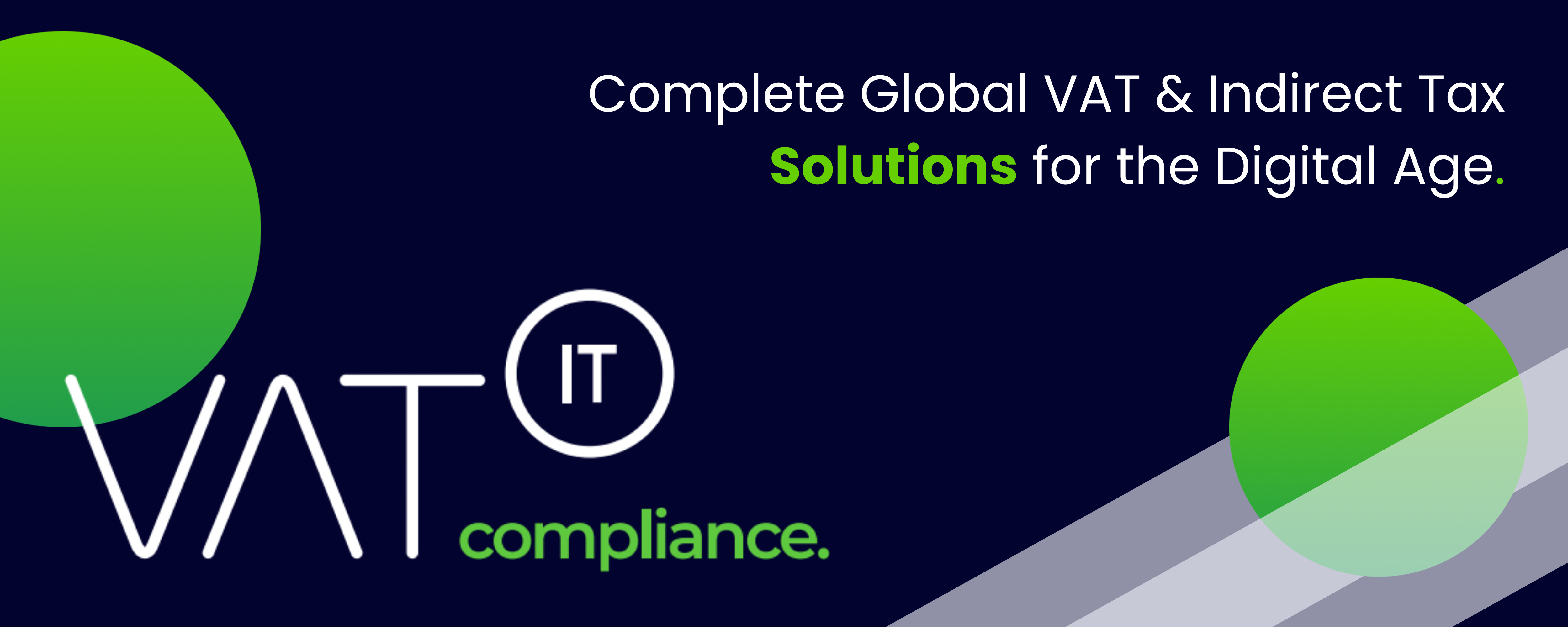Automated invoicing, also known as EDI invoicing, is increasingly important in modern commerce. It involves the electronic exchange of invoice information between business partners using standardized electronic file formats. Implementing EDI invoicing poses challenges in setting up technical connections, managing legislation, and integrating the solution into existing ERP systems. Despite these challenges, the benefits of EDI invoicing include increased efficiency, cost savings, reliability, improved data visibility, and better partner relations. Common mistakes when implementing automated B2B invoicing include failing to plan, overestimating internal capability, and not prioritizing flexibility. Virtually every industry can benefit from EDI invoicing.
Source Ecosio
- Join the Linkedin Group on Global E-Invoicing/E-Reporting/SAF-T Developments, click HERE
Latest Posts in "World"
- VAT Report Guide: Understanding the Nine-Box Financial Document for Business Compliance
- What is a Standard Audit File for Tax (SAF-T)? A Global Compliance Overview
- E–invoicing Developments Tracker
- How to map self-billing fields into UBL/CII for Peppol
- E-Invoicing Exchange Summit Singapore 2025 (Nov 24-26, 2025)














